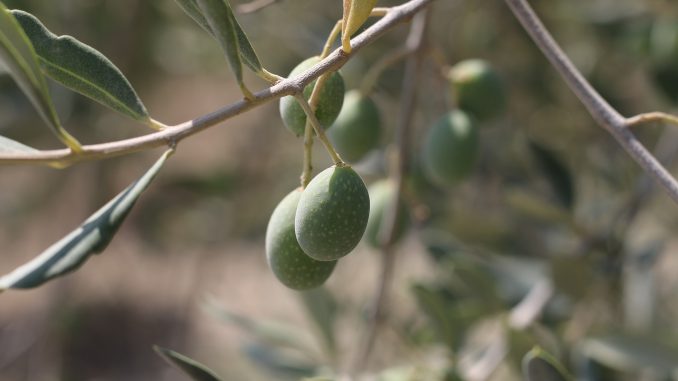
Olive growing, which has been deeply rooted for centuries in the daily agricultural traditions of the inhabitants, is one of the major pillars of the arboricultural sector in the Marrakech-Safi region.
The potential of the region in terms of this promising sector, notably because of its strong resilience to climatic hazards, makes olive growing appear as “the first tree species” in this part of the national territory.
A considerable socio-economic importance of this sector, as evidenced by the remarkable place occupied by the Marrakech-Safi region at the national level, coming in second with 24% of national production and 20% in terms of exports of canned olives, for which the Marrakech-Safi region covers some 52% at the national level.
At the level of the Marrakech-Safi region, olive cultivation covered a total area of 254,000 ha in 2021 and is practiced by some 144,000 farmers, the vast majority of whom are small-scale farmers, according to data from the Marrakech-Safi Regional Directorate of Agriculture (DRA).
The efforts deployed at the regional level thanks to the DRA Marrakech-Safi and the other deconcentrated services of the Department of Agriculture have enabled the extension of the planted areas at a time when these hardly exceeded 173,650 ha in 2008, the official start date of the “Green Morocco Plan”, according to the DRA.
Still in figures, the olive production for the current agricultural campaign is estimated at 384,000 tons, despite the rainfall deficit recorded at the regional level, the same source said.
The interest in olive growing in the Marrakech-Safi region has been realized through the realization of 32 private investment projects subsidized by the State and 34 projects of solidarity agriculture for an investment of 2.5 billion DH. The latter are “turnkey” projects for small farmers, explains the DRA.
These considerable investments are intended, in the end, to allow the emergence of modern farms, capable of positively impacting the performance of this sector on a regional scale, both in terms of yield and quality.
Similarly, the Marrakech-Safi region has 510 crushing units and 23 olive canning factories, with the recognition of two PDO (Protected Designation of Origin): “Tyout Chiadma” and “Aghmat Aylane” olive oil, in addition to a PGI (Protected Geographical Indication): “Amezmiz” olive oil.
Performances, all azimuths, which from year to year go crescendo, knowing that the olive sector generates an added value estimated at 2.3 billion DH, and creates annually some 14 million working days upstream and downstream.
All these assets and many others make the Marrakech-Safi region one of the best regions in terms of quality.
In order to persevere on the path of excellence despite a difficult situation marked by the persistent spread of the new coronavirus pandemic and its variants, the DRA has doubled its efforts through a series of actions in the field, in particular a permanent mobilisation of all the deconcentrated services of the Department of Agriculture, the multiplication of campaigns to raise awareness among farmers, as well as those in charge of farms and value-added units, and the distribution of practical prevention guides against the Covid-19 to farmers
This means that despite a difficult sanitary context and a large rainfall deficit, the olive sector in the region has a promising future, given its enormous capacity to adapt to climate change.
In addition, olive growing benefits from the new agricultural strategy “Generation Green” launched by His Majesty King Mohammed VI, with more targeted actions, in particular, the orientation of the extension of the surface areas in areas known for their sufficient rainfall or in areas that have irrigation water. The aim is to perpetuate olive growing and to improve its productivity, its yield and its competitiveness.
Downstream of this sector, the focus of “Generation Green” will be on upgrading recovery units, improving quality and increasing the volume of exports.

Be the first to comment